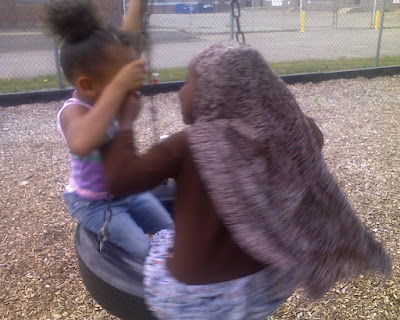American Jewish World published a very thoughtful editorial by editor Mordecai Spector about the recent FBI raids on the homes of antiwar activists in Minneapolis and Chicago. It gets what I think is at the heart of the issue -- which is that those raids represent an attack on our supposedly protected constitutional rights to free speech. I mean it's a loooong stretch from antiwar activist to terrorist, right? And lest we forget, the Constitution and the Bill of Rights were written to "protect the minority from the tyranny of the majority."
This quote from the editorial sums it up well, and is also a cautionary note to those who would support this action because they may disagree with the views of the people who were targeted.
Applying the rubric of “terrorism” to the exercise of rights that most people take as protected by the First Amendment represents a dangerous trend. The FBI raids last week in Minneapolis and the upcoming grand jury proceedings appear to be a further attempt by the federal government, and law enforcement at all levels, to conflate homegrown dissenters with terrorists. The “war on terror” apparently has come to roost in our domestic political culture. And Jewish World readers should take no satisfaction from the fact that pro-Palestinian solidarity activists are being subjected to this treatment by the FBI. This is the scheme of things right now; but if our First Amendment rights are whittled away to nothing, who can say that at some point, in a future Orwellian version of America, gathering to support Israel will not be declared out of bounds?












